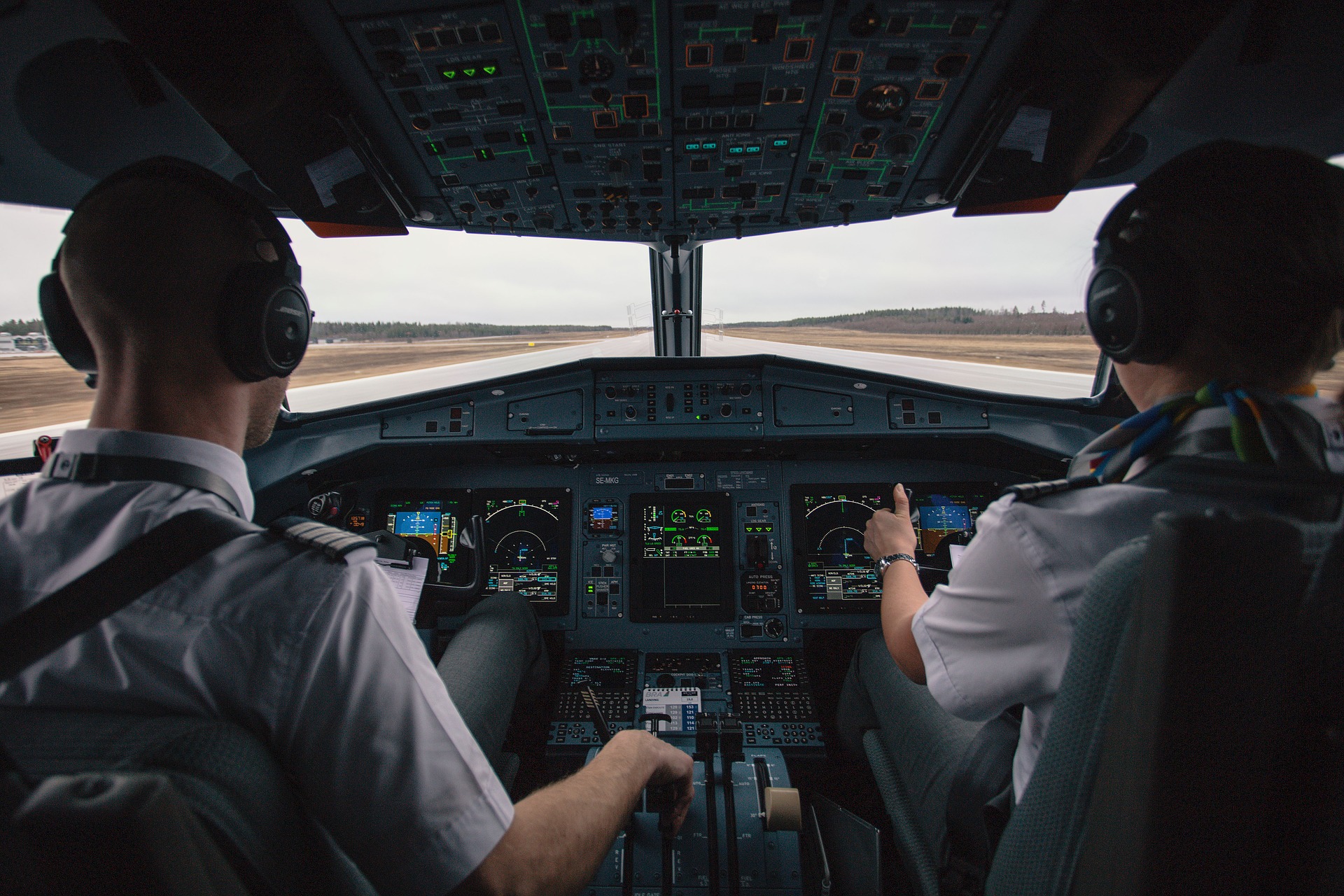
Understanding What It Means to Become a First Officer Pilot
Many young kids dream of one day becoming a pilot and taking their aircraft to the skies. Becoming a pilot, however, is far from easy. Before you can be entrusted with a plane as a captain or a first officer, you need to pass through all the necessary training and acquire the right qualifications. It’s the same even if you have an aircraft of your own. A plane is a significant investment, after all, and to make the most out of this complex machine without compromising your safety and that of others, you must have the essential skills and pass a set of stringent requirements before you can fly a plane.
If you’ve set your heart and mind on becoming a pilot, there’s good news: there are flight schools in the Philippines where you can hone your skills and acquire the experience you need. With the right training and proper instruction, you can give yourself a fighting chance in snagging the seat of a first officer pilot.
How is a First Officer Pilot Different from a Captain?
There are always at least 2 pilots in a commercial plane: the captain, who is the highest-ranked member of the flight crew, and the first officer pilot, who assists the captain in the flight preparation and operation of the aircraft. At times, a second officer may also be present, and this personnel’s responsibility is to act as a relief pilot in long-haul flights. The captain is in command of the flight, and most airlines promote their first officers to this position by way of seniority. It is imperative for a would-be captain to showcase exemplary performance and achieve a certain number of hours during the course of their career.
What Do You Need to Become a First Officer?
If you’re aiming to become a first officer, you can kick start your journey by taking a first pilot transition course for the type rating that you are aiming for. A type rating refers to the specific privileges and limitations that a pilot has pertaining to the use of a particular aircraft. If you’re aiming to pilot a plane that belongs to the Airbus A320 aircraft family, for example, then you need to enroll in a first officer transition course with an A320 type rating. There are flight schools in the country that offer complete packages for this type of rating to people who currently have low-hour Commercial Pilot License/Instrument Rating (CPL/IR) as well as those who are aiming to transition into a first officer once they join a commercial aircraft carrier.
What Responsibilities Should a First Officer Assume?
The captain of the flight is ultimately responsible for the operation and safety of the flight, but this doesn’t mean that the first officer’s role is an easy one. The truth of the matter is that both the captain and the first officer share the control of the aircraft equally, and a first officer has a long list of tasks to fulfill before, during, and after each flight. These include the following:
- Reporting variances from standard flight operations
- Supporting the captain during takeoffs and landings
- Assisting the captain in completing the flight safely
- Conducting flight inspections to check that all systems are working as they should
- Assuming the responsibility of the pilot in command as needed
- Overseeing the fueling and servicing of the aircraft
- Communicating with the cabin crew to ensure the safety and comfort of the passengers
- Connecting with air traffic control during take-off and landing as well as for the entire duration of the flight
The role of the first officer in a commercial aircraft is far from easy, but it is an essential one in ensuring that the flight will go as smoothly as possible and that everyone will be able to safely arrive at their destination.
Can a First Officer Be More Experienced Than the Captain?
To put it simply, yes. As mentioned earlier, many airlines promote first officers to captain according to seniority. There are instances where a first officer may have more flight hours than the captain. This can happen when the said first officer earned their hours as part of their military service, during their time working for a cargo company, or by working as a flight instructor prior to becoming a part of their current commercial airline.
What Does a Pilot’s Lifestyle Look Like?
A typical day for a pilot can vary greatly depending on the types of flights that their aviation or airline company offers. Many commercial pilots, however, are on call 24/7, and they can be summoned to work during odd hours. A person who is aspiring to be a pilot, especially if they’re aiming to handle international flights, should be able to adjust well to changing time zones. They should also be open to spending less time with family members, as this line of work can be quite demanding.
If you’re aiming to be a first officer pilot and eventually work your way up to becoming a captain, make sure that you’re ready for the job. If you’re well-suited to the profession, you’ll find that being a pilot can be a very fulfilling experience.
More From Our Site
A group of young professionals just trying to make the most of their time as millennials in Metro Manila.









